In today’s dynamic world, understanding the nuances of electrical energy management has never been more crucial. A distinct feature of electrical energy is that it cannot be efficiently stored in vast quantities. As a result, it has to be produced, transferred, and consumed almost instantaneously. The electric grid’s vitality hinges on this intricate dance of supply and demand.
Imagine a scenario where the load on an electric system is inching closer to its maximum generation capacity. At this crucial juncture, grid managers are faced with two options: either source additional energy or mitigate the load — this is where the concept of load management enters the fray. Without effective load management, the grid is vulnerable to instability, potentially culminating in widespread blackouts.
Interestingly, even utilities that primarily purchase power instead of producing it have discovered the value of having an effective load control system in place. Why? The high costs levied by their energy providers during peak consumption times can be substantially slashed. In many instances, the savings realized are so significant that the load control system can become cost-neutral within just a season.

At present, the utilities sector is grappling with mounting pressures. From replacing outdated infrastructure and upholding consumer trust to catering to the surging power demand and navigating the labyrinth of regulations and environmental considerations, the challenges are manifold.
Historically, a line was drawn between direct and indirect load control. The former entailed the utility’s remote management of non-essential loads during peak times. These initiatives, often voluntary, offered consumers financial benefits for participation. After World War II, especially in Europe, such remote control techniques saw rapid development, often serving as a means of energy rationing.
Several loads, including water heaters, HVAC systems, thermal storage, irrigation pumps, and swimming pool filters, became popular choices for these programs. Their appeal lay in the minimal perceptible impact on consumers, if managed prudently. Some utilities even paralleled the efficacy of load control with spinning reserve, emphasizing its criticality.
The 1973 oil embargo, followed by the US Public Utility Regulatory Practices Act of 1978, steered utilities toward time-differentiated rates, commonly known as peak load pricing. Here, consumers were nudged to adjust consumption patterns, aligning with cheaper off-peak periods, termed as indirect load control.

Fast forward to the present, utilities are increasingly turning to Advanced Metering Infrastructure (AMI) systems, versatile enough to support intricate rate designs. This push toward AMI has propelled utilities to re-evaluate their strategies, pondering whether both advanced metering and load control should be intertwined, leveraging similar technologies. AMI’s dual-directional communication ability, facilitating data exchange from and to meter end points, further underscores its potential.
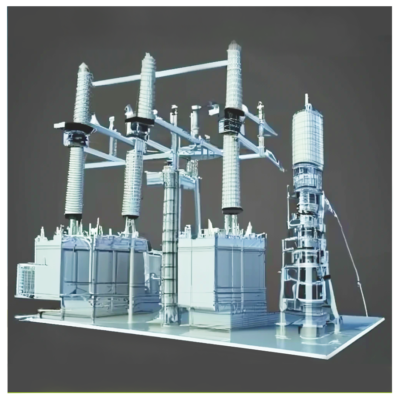 |
 |
 |
As utilities strategize to optimize their Capital Expenditure (CAPEX), retrofit solutions are emerging as a beacon of hope. Almost all existing electricity meters are compatible with retrofit modems.
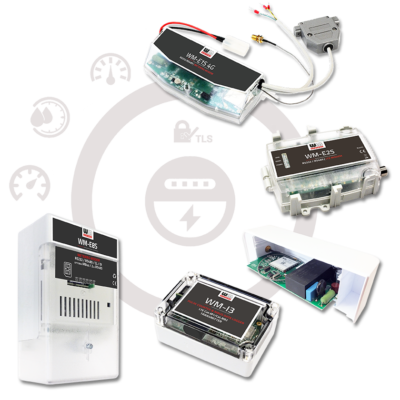
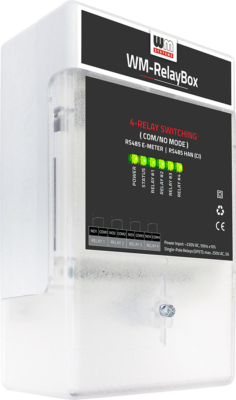
In conclusion, as the global demand for energy continues its upward trajectory, the essence of load management in modern electric grids cannot be overstated. With the confluence of technology and strategy, there lies immense potential for utilities to redefine the future of energy consumption and distribution.
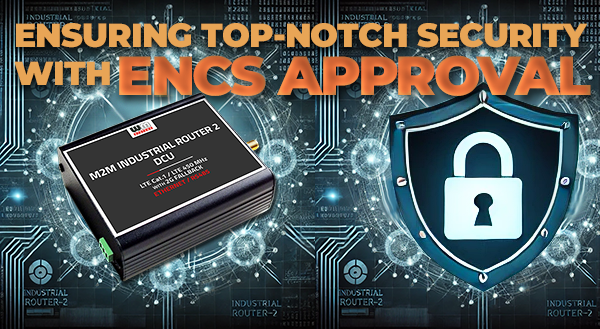
A Testament to Compliance with Key Cybersecurity Standards

We are thrilled to announce that Ali Mouslmani has joined WM Systems as our new partner in the United Arab […]
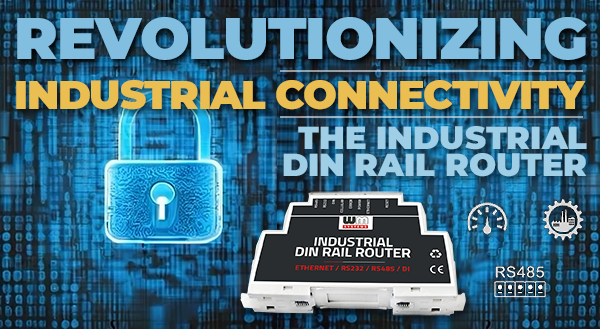
Introduction In the rapidly evolving world of industrial automation and IoT, the demand for compact, versatile, and efficient communication solutions […]

Introduction The fourth industrial revolution, or Industry 4.0, is redefining the landscape of industrial operations. Key to this transformation is […]

The group of WM Systems LLc.

Solar plants and farms are complex systems with a variety of equipment that needs to be monitored and controlled. This […]

Industrial settings are replete with equipment that demands efficient connectivity solutions. With the rise of the Internet of Things (IoT) […]
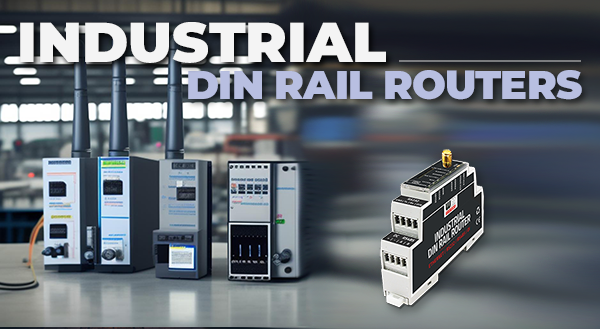
DIN-rail mountable industrial routers are an essential component of many industrial applications. They provide a reliable and secure way to […]

Make the modern smart grid more secure, resilient, and sustainable
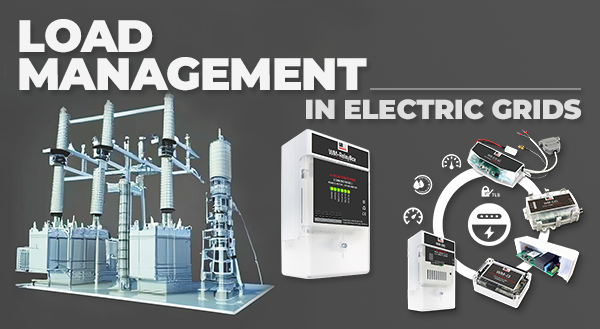
In today’s dynamic world, understanding the nuances of electrical energy management has never been more crucial. A distinct feature of […]
